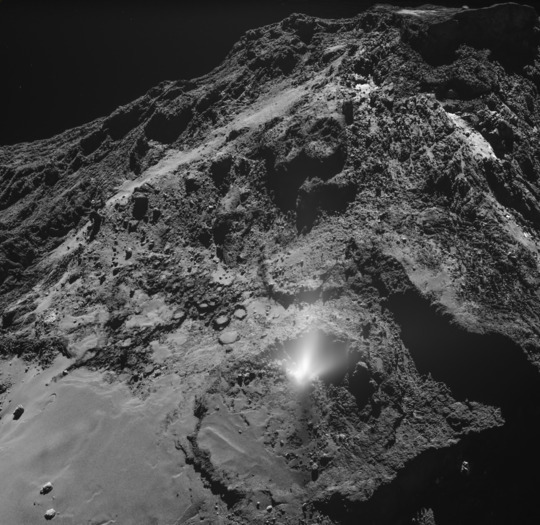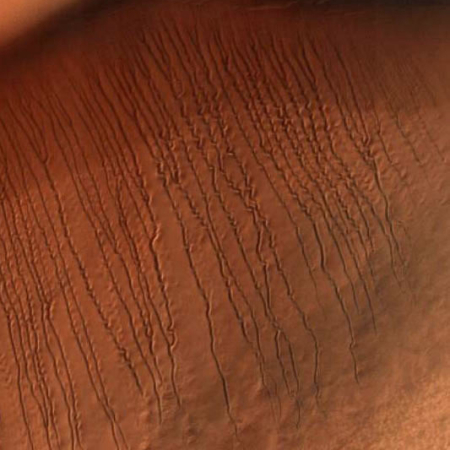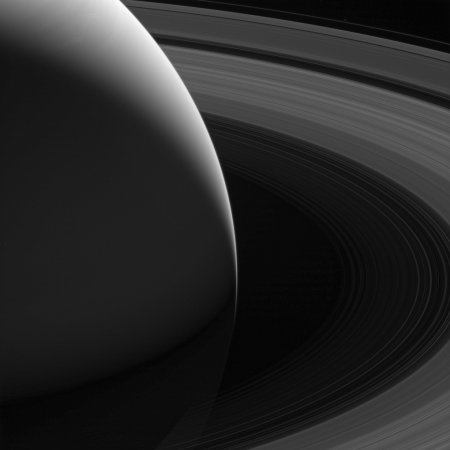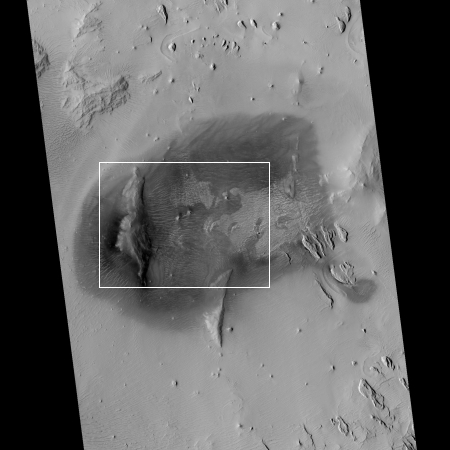NASA wants private company to take over Spitzer Space Telescope
NASA has issued a request for proposals from private companies or organizations to take over the operation of the Spitzer Space Telescope after 2019.
NASA’s current plans call for operating Spitzer through March of 2019 to perform preparatory observations for the James Webb Space Telescope. That schedule was based on plans for a fall 2018 launch of JWST, which has since been delayed to the spring of 2019. Under that plan, NASA would close out the Spitzer mission by fiscal year 2020. That plan was intended to save NASA the cost of running Spitzer, which is currently $14 million a year. The spacecraft itself, though, remains in good condition and could operating well beyond NASA’s current plan.
“The observatory and the IRAC instrument are in excellent health. We don’t have really any issues with the hardware,” said Lisa Storrie-Lombardi, Spitzer project manager, in a presentation to the committee Oct. 18. IRAC is the Infrared Array Camera, an instrument that continues operations at its two shortest wavelengths long after the spacecraft exhausted the supply of liquid helium coolant.
The spacecraft’s only consumable is nitrogen gas used for the spacecraft’s thrusters, and Storrie-Lombardi said the spacecraft still had half its supply of nitrogen 14 years after launch.
The way a private organization could make money on this is to charge astronomers and research projects for observation time. This could work, since there is usually a greater demand for research time than available observatories.
NASA has issued a request for proposals from private companies or organizations to take over the operation of the Spitzer Space Telescope after 2019.
NASA’s current plans call for operating Spitzer through March of 2019 to perform preparatory observations for the James Webb Space Telescope. That schedule was based on plans for a fall 2018 launch of JWST, which has since been delayed to the spring of 2019. Under that plan, NASA would close out the Spitzer mission by fiscal year 2020. That plan was intended to save NASA the cost of running Spitzer, which is currently $14 million a year. The spacecraft itself, though, remains in good condition and could operating well beyond NASA’s current plan.
“The observatory and the IRAC instrument are in excellent health. We don’t have really any issues with the hardware,” said Lisa Storrie-Lombardi, Spitzer project manager, in a presentation to the committee Oct. 18. IRAC is the Infrared Array Camera, an instrument that continues operations at its two shortest wavelengths long after the spacecraft exhausted the supply of liquid helium coolant.
The spacecraft’s only consumable is nitrogen gas used for the spacecraft’s thrusters, and Storrie-Lombardi said the spacecraft still had half its supply of nitrogen 14 years after launch.
The way a private organization could make money on this is to charge astronomers and research projects for observation time. This could work, since there is usually a greater demand for research time than available observatories.





